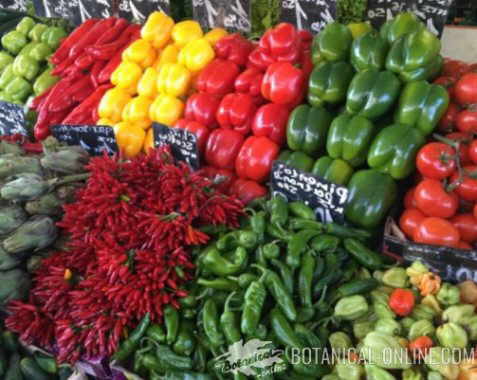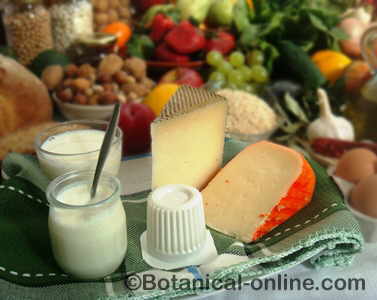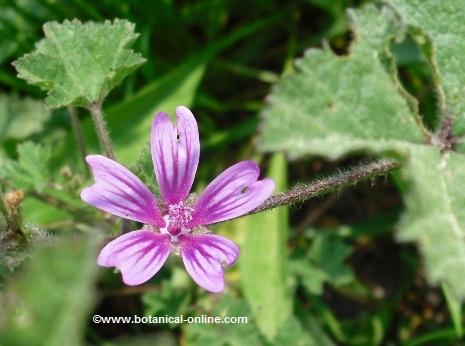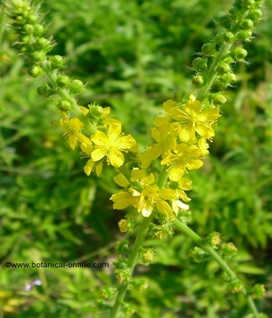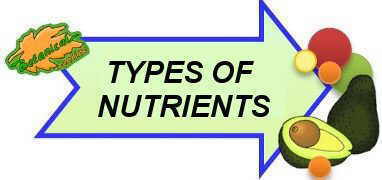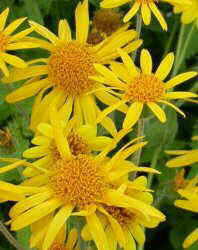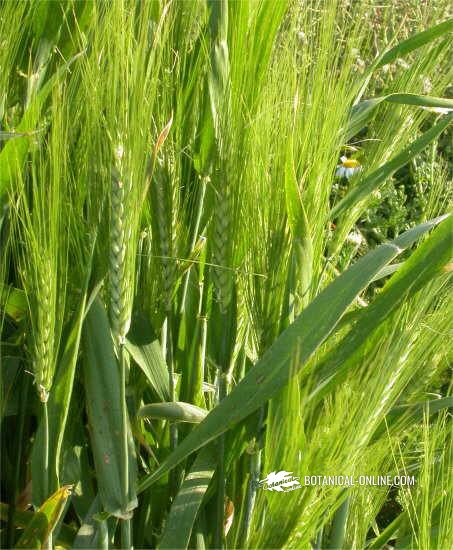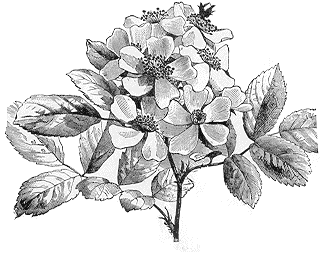Contents
Different classes of drugs
MAIN TYPES OF DRUGS
Soft and hard drugs
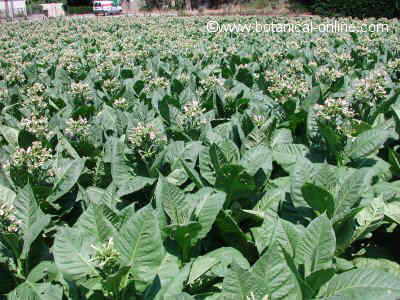
Tobacco field (Nicotiana tabacum)
Traditionally it has been attempted to categorize drugs in soft and hard drugs. It has been said that the first only create a psychological dependence that do not affect the body too much, while the latter, in addition to intervening in the psyche, produce noticeable physical dependence with large negative effects on the body.
As belonging to the hard drugs group, cocaine or alcohol have been included, for example. Between what has been seen as soft drugs there is, for example, tobacco.
Today this division is not generally accepted as the degree of dependency or physical malignancy often depends more on the quantity of drugs that on its nature.
CLASSIFICATION OF DRUGS
Currently the main classification is done according to the effects that drugs have on the central nervous system. According to this view would have the following types of drugs:
Central nervous system stimulants
Its function is to stimulate the central nervous system and brain through the release of stimulating neurotransmitters to the nerve cells, among which the most important is noradrenaline.
Among the potential effects of stimulants in the body we could mention, for example, improved mood with a greater sense of happiness, decreased appetite, keeping the person awake, or activate the metabolism to increase the heart rate.
Central nervous system depressants
Its function is to relax the nervous system. In small doses, they have stimulant properties, producing euphoria. In high doses they reduced the activity of the brain, causing lightheadedness, drowsiness, and can even cause death by paralyzing the individual’s brain activity that controls the respiratory system.
Many of them are used for medical purposes such as sedatives in low doses and in larger doses, such as hypnotics, that is to say, they are a sleep aid.
They are often inappropriately used to overcome states of depression or personal unease. This use only masks the real problem and does not fix the causes. Used in this way, it ultimately exacerbates depression and cause addiction.
Hallucinogens or psychedelics
Those that produce hallucinations or perceptions that go beyond reality. Its use is closely related to religion and magic of various communities of the world that eat them for extraordinary vision and mental sensations, for example, contact with their divinity or to meet dead members of their family.
Doctors-wizards of these communities (shamans) use their properties for special powers to heal the sick, find family parties.
The use of peyote by members of the Native American Church or iboga is well-know; it is the most powerful psychedelic drug, and one of the most popular aphrodisiacs in the ceremonies of some African tribes of Gabon.
From the physical point of view, hallucinogens are characterized by producing increased brain activity, mydriasis or dilation of the pupil, cold in the arms and legs and a tingling sensation in the stomach.
From a psychological point of view all these drugs can produce from the most pleasurable experiences to the most terrifying and traumatic ones.
Classes of drugs
The following table shows the main classes of drugs according to the three previously seen criteria. By clicking on each of them we will obtain more detailed data.
| Types of drugs according to its effects in the central nervous system | ||
| Stimulating | Depressing | Hallucinogens |
| Synthetic | Alcohol Sedatives | Indole |
| Amphetamines Inhalants Anabolic steroids
| LSD, magic mushrooms with psilocybin, hayahuasca, DMT | |
| Natural | Non-indole | |
| Coffee, coca, cocaine, crack, cacao, tobacco, yohimbe, betel, ephedra, henbane, jimson weed, amanita, etc | Peyote (MDA, MDMA) | |
| Marijuana | ||
![]() More information on drugs in the section of “poisonous plants”
More information on drugs in the section of “poisonous plants”
The material here is an informative work. The production, use or sale of most of the substances described herein is prohibited by law in many countries. “Botanical” is not intended to encourage the use of these substances but simply to inform. Please, before taking any initiative, consult with the relevant legislation of each country. At the same time, we warn the readers that the use of most of these substances can cause serious risks to physical and psychological health of consumers.

